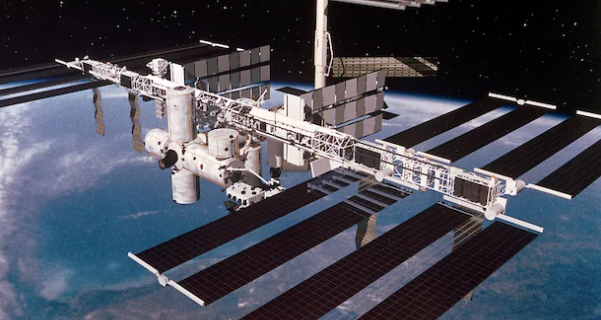IIT-M and NASA Study Pathogens on ISS
Recently, the Indian Institute of Technology Madras (IIT-M) and NASA’s Jet Propulsion Laboratory (JPL) worked together to study how bacteria that are resistant to multiple drugs behave on the International Space Station (ISS). Their research is mostly about Enterobacter bugandensis, which is known for making hospital illnesses hard to get rid of, and how it has changed to survive in space.
What is Enterobacter bugandensis?
Enterobacter bugandensis is a pathogen in the ESKAPE group. These pathogens are known to be resistant to many drugs, which is why the WHO wants to find new treatments as soon as possible. Because they are not killed by important medicines like third-generation cephalosporins and quinolones, these pathogens are very dangerous.
Study Findings and Implications
13 types of E. bugandensis were found on the ISS’s surfaces by experts from IIT-M and NASA’s JPL. These strains had gone through major changes that made them genetically and functionally different from those found on Earth. Some of these changes include making microorganisms more resistant to antimicrobials and better at surviving, which could help other microbes stay alive.
What are the Impacts on Healthcare on Earth and Astronaut Safety?
Findings about E. bugandensis are very important for fighting infections in tight Earthly spaces like ICUs and operating rooms, where resistance to multiple drugs is becoming more common. Understanding these changes is important for space research because they help scientists come up with effective ways to protect astronauts’ health from opportunistic pathogens when their immune systems are weak.
About the International Space Station (ISS)
- Speed and Orbit: The International Space Station (ISS) travels at a speed of approximately 28,000 kilometers per hour. It orbits Earth roughly every 90 minutes. The ISS is visible from Earth with the naked eye, appearing as a fast-moving star.
- Collaboration and History: The ISS is a collaborative project involving five space agencies: NASA (United States), Roscosmos (Russia), JAXA (Japan), ESA (Europe), and CSA (Canada). The first component of the ISS was launched in 1998. The station has been continuously occupied since November 2000, marking it as one of the longest-inhabited structures in space.
- Living and Research: Astronauts aboard the ISS recycle about 90% of their water. They breathe air regenerated by a process that splits water into hydrogen and oxygen. Over 3,000 research investigations have been conducted aboard the ISS, involving researchers from more than 100 countries.
Month: Current Affairs - June, 2024
Category: Science & Technology Current Affairs








